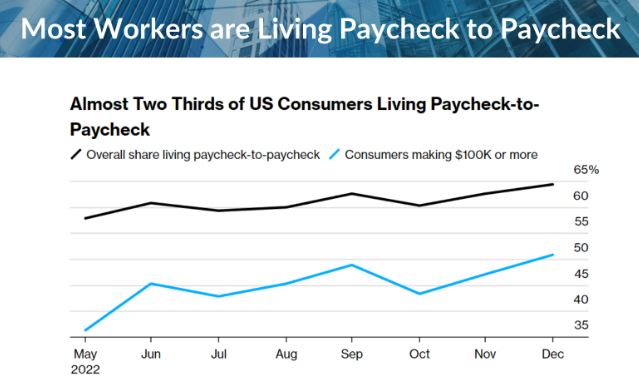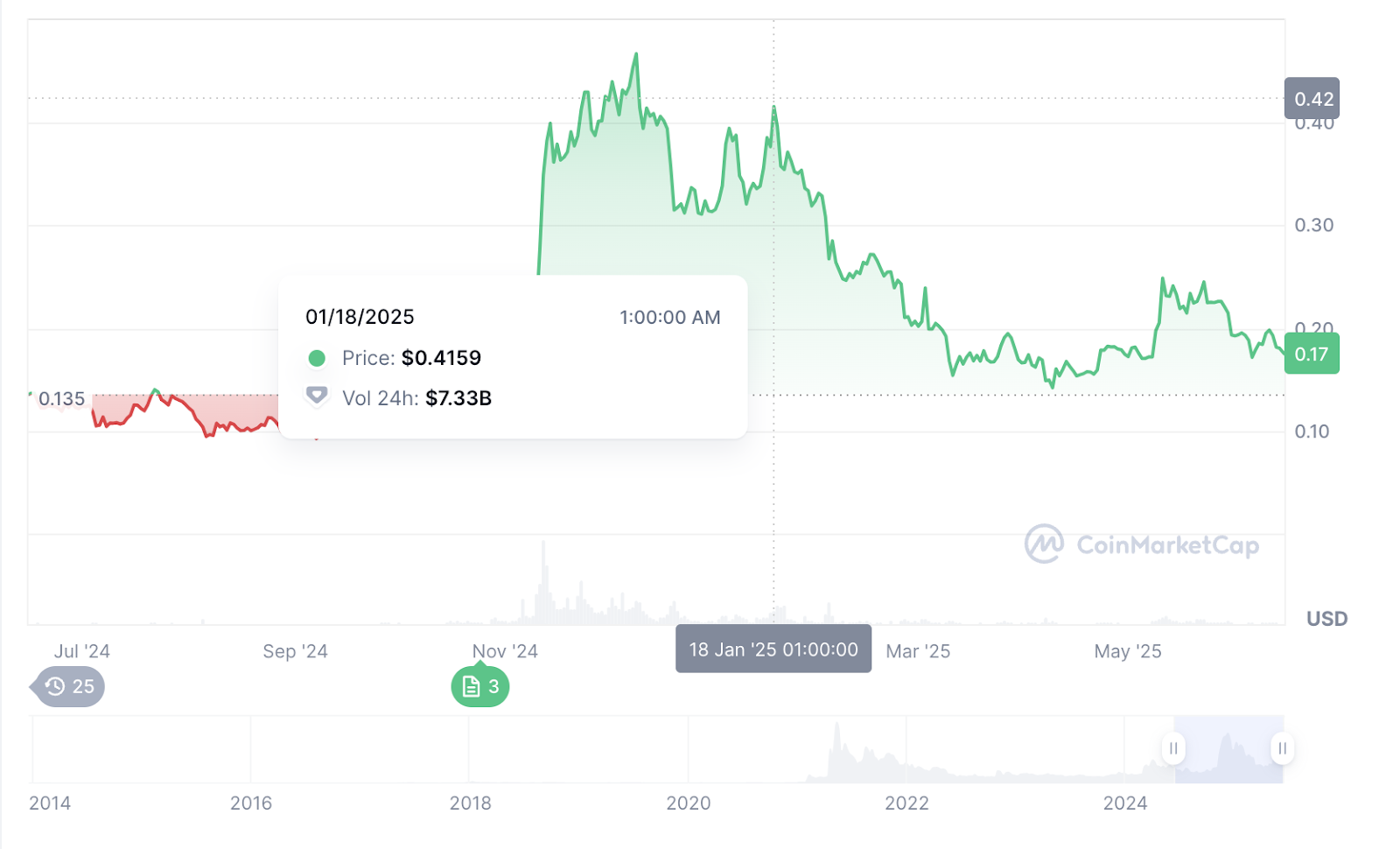Nearly a quarter of over 400 companies surveyed across the globe are at the lowest level of a four-level rewards maturity level rating, with fewer than 10% at the highest level, according to new research from The Josh Bersin Company that was unveiled Thursday at the Health and Benefits Leadership Conference in Las Vegas.
“Many of the things we assume for pay and practices have fallen behind,” says Josh Bersin, founder and CEO of The Josh Bersin Company.
For example, pay decisions in the 1980s were made in closed rooms with little to no transparency, leaving employees in the dark about where they stood even when they received their annual review, he says. For example, it was difficult to tell if a 3% pay increase was considered good, bad, high or low due to the lack of transparency.
And more recently, employers have been under the assumption that employees’ desire for flexibility trumped higher pay as the nation exited the most challenging period of the COVID-19 pandemic. But recent studies show that employees now rate salary and job security higher than flexible hours.
“It has flipped,” Bersin says, briefly touching on the transformation that has occurred not only on the importance of pay but also on how everything in HR is interconnected, from talent management to internal mobility and internal mobility to the employee experience and so on.
4 levels of the pay and rewards maturity model
Bersin, who presented at HBLC with his colleague Kathi Enderes, and his team developed a pay and rewards maturity model that starts at level 1 with a transactional pay model and moves up to level 4, which features an encompassing systemic rewards model.
Companies that reach level 4 in this model see great financial results, improvement in retention, and other benefits to their business, Bersin says.
Through its research, The Josh Bersin Company found that a total rewards focus results in the biggest jump in innovation for a company, while pay-for-performance at Level 3 can drive attraction, retention and engagement of talent, and the systemic rewards at Level 4 can result in better business outcomes and improvements.
6 ways companies can overhaul total rewards
Based on its research, The Josh Bersin Company identified six findings that can help companies retool their rewards program.
1) Rewards practices are stuck in the 20th century.

With pay a big driver of engagement and a large swath of employees living paycheck-to-paycheck, employers would be wise to consider offering on-demand pay so workers can access their pay as they earn it, says Enderes, senior vice president of research and global industry analyst for The Josh Bersin Company.
2) Pay equity matters most, and it touches every decision in your company.
“This is huge and should be the No. 1 priority that organizations should focus on,” Enderes says. She adds that employers also need to be aware that when they give promotions or a learning opportunity they need to revisit their pay equity.
3) The best companies pay above-average salaries, continuously revisit pay practices and reward for skills.
With a larger number of companies reporting their financial performance quarterly, Enderes says it would make sense for employers to conduct pay reviews quarterly as well versus annually.
4) Pay for performance works, but 91% get it wrong.
“This is a big elephant in the room,” Enderes says. “80% of companies say they do pay for performance but 91% of the companies get it wrong. The differential is not very big.”
For example, a middle-of-the-road raise might be 3%, yet a high performer gets a 4% increase. She suggested a better way to gain a larger spread between these employee groups would be variable pay like a bonus versus locking it in as salary.
5) Lavish benefits and perks are less important than flexibility, career pathing and recognition.
Enderes says tuition-free career paths that provide access to a higher level job and pay would be one career offering an employer could make. She also advises looking at recognition programs that also do not need to cost much to implement but can attract candidates.
6) Strategy and communication power the success of corporate rewards.
In addressing communication, Enderes notes that it’s important to listen to employees in many different ways. And when doing that, personalize your responses. For example, pension benefits may not resonate with a Gen Z employee during the interview process but maternity leave may to a candidate who is looking to start a family.
“We found companies are good at bread and butter things like benefits, but not good in communicating and strategy,” Enderes says.
Credit: Source link











